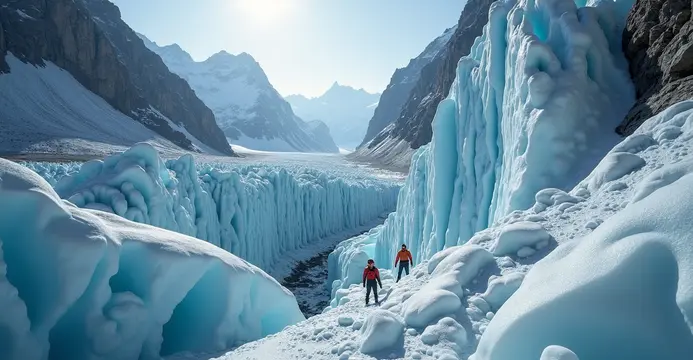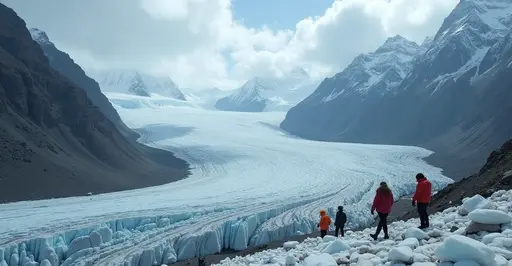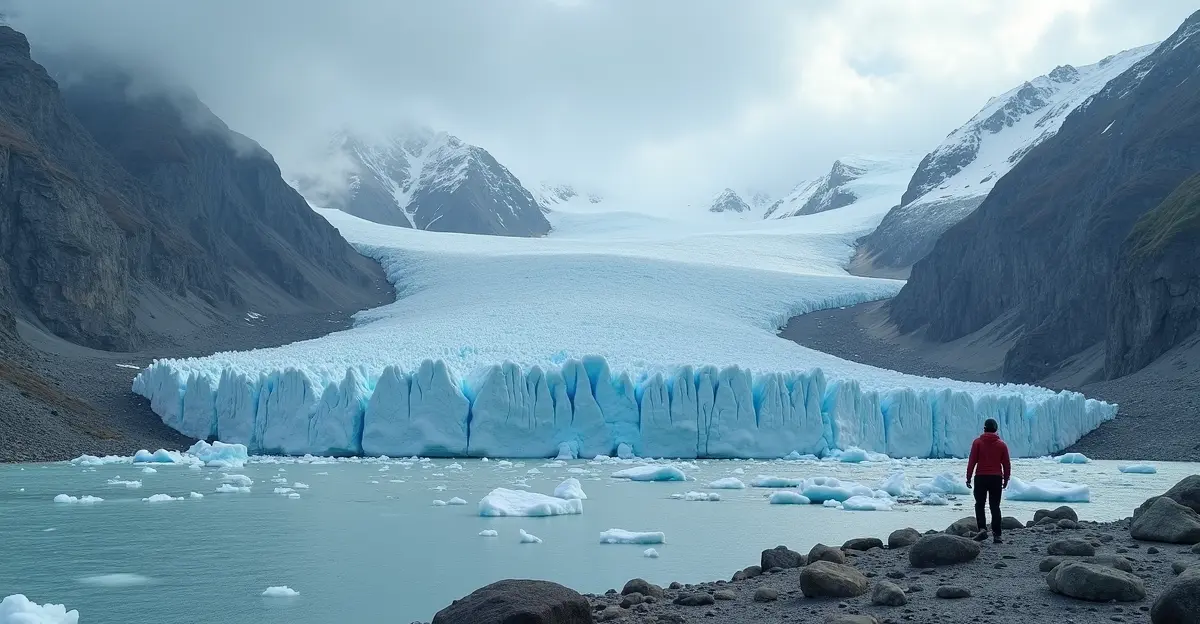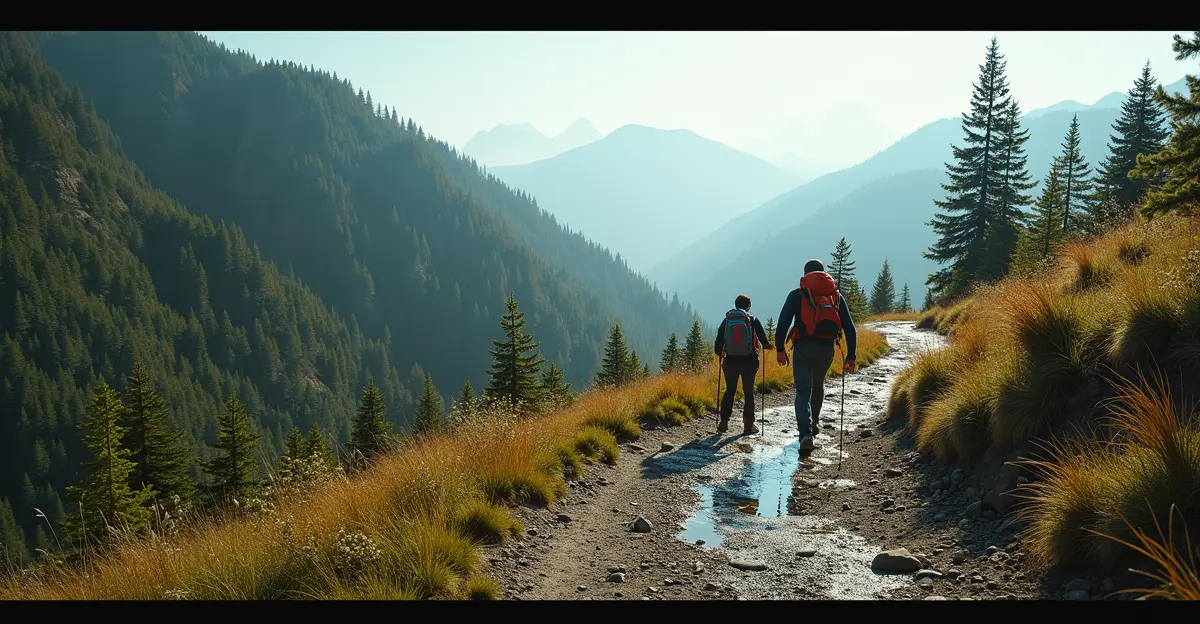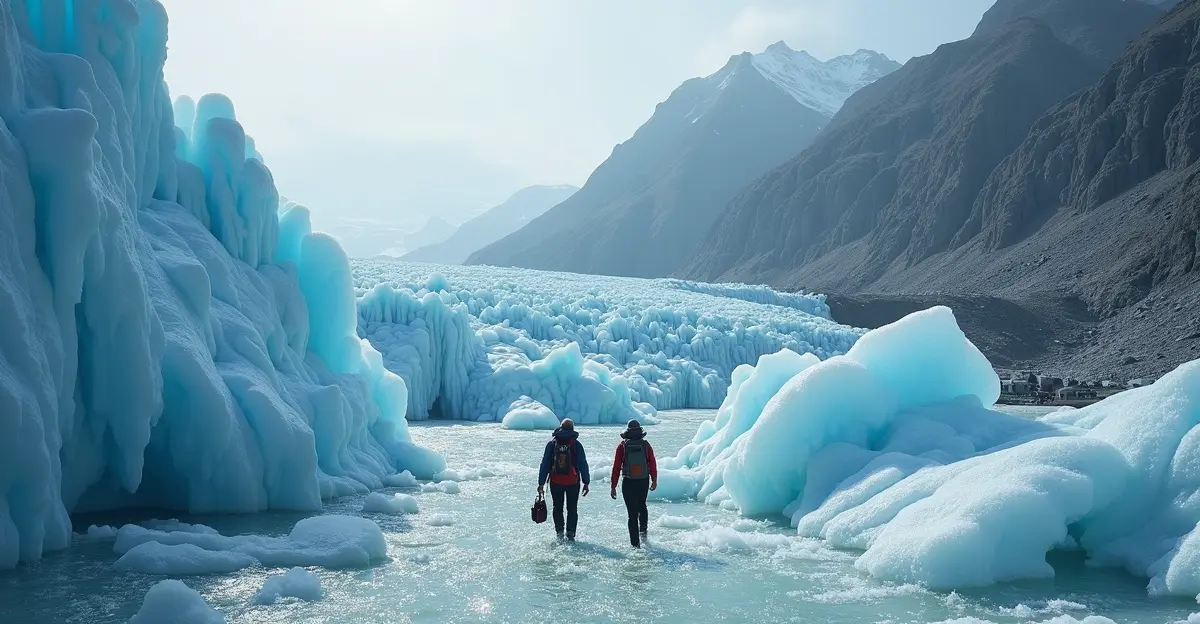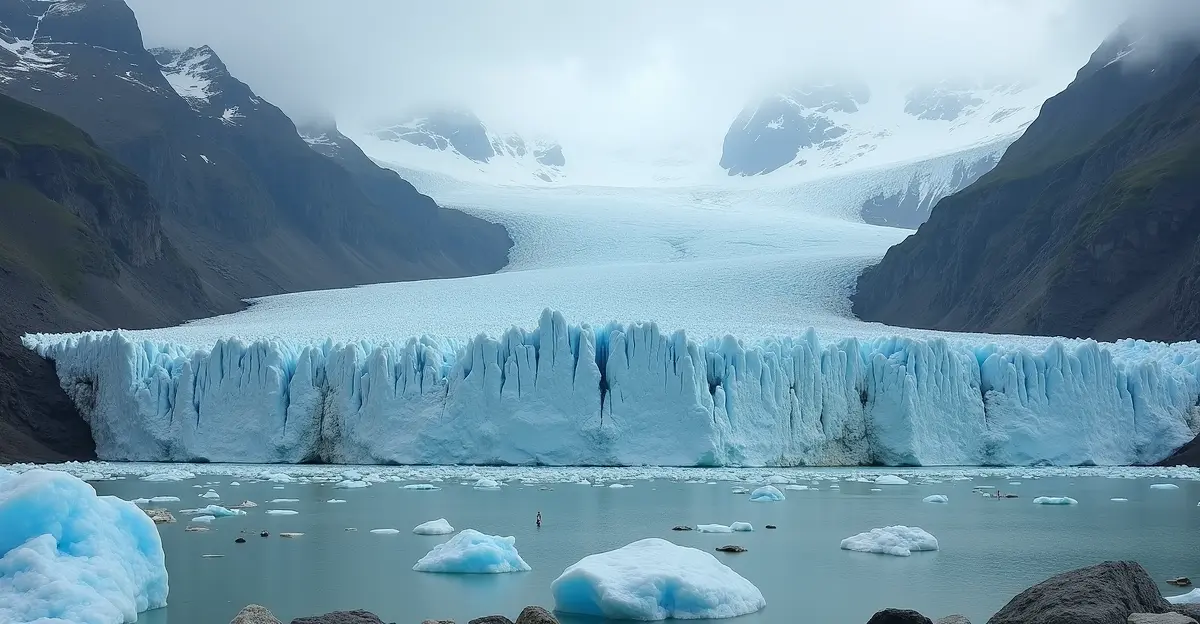In 2025, glacier monitoring hikes allow hikers to collect data on glacier melt, aiding climate research. These citizen science tours combine adventure with environmental stewardship, using trained volunteers to track retreat indicators in remote areas.
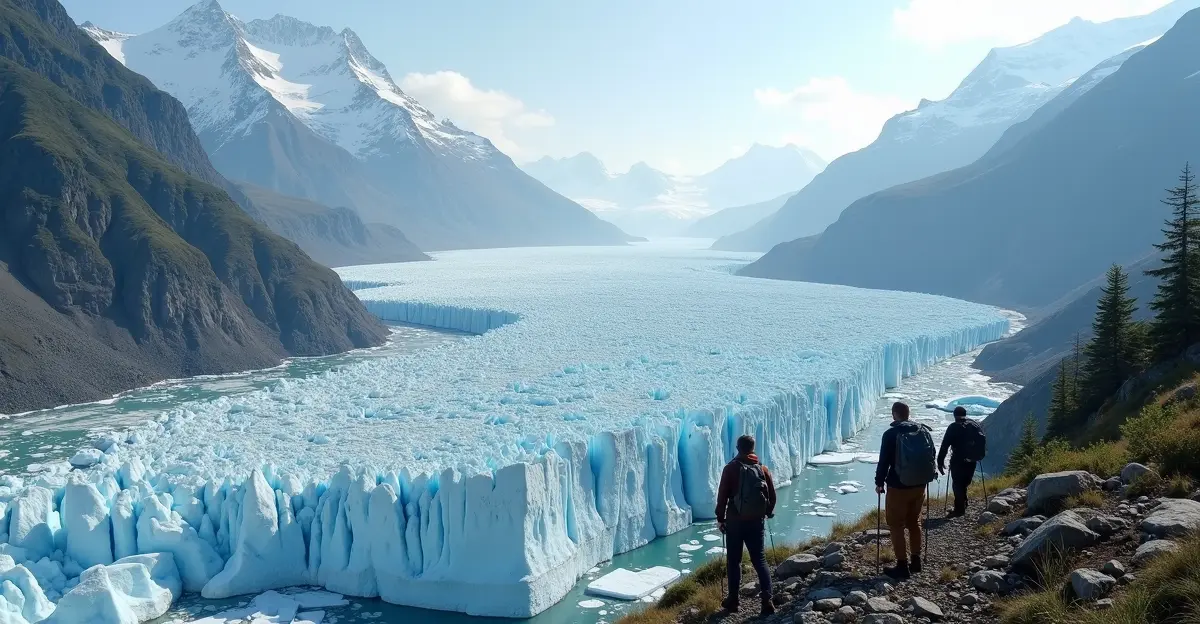
Citizen Science Meets Adventure: Glacier Monitoring Hikes
In 2025, a novel initiative is blending outdoor recreation with scientific research through glacier monitoring hikes, where participants help collect vital data on glacier melt. These tours, set in iconic locations like Glacier National Park, empower hikers to contribute to climate science while exploring breathtaking landscapes. The concept builds on the growing trend of citizen science, where volunteers assist in data collection for environmental studies. 'It's a win-win: people get an unforgettable experience, and we gather data that's crucial for understanding climate change,' says Dr. Elena Martinez, a glaciologist involved in the program. This approach addresses the challenge of accessing remote glacial areas, as hikers can reach spots that are difficult for scientists to monitor regularly.
How the Tours Work
Participants in these hikes undergo brief training sessions to learn how to measure glacier retreat indicators, such as ice thickness changes, meltwater flow, and terminal moraine positions. Using simple tools like GPS devices, measuring tapes, and cameras, they record data during guided treks. For example, in Glacier National Park's Citizen Science Program, volunteers hike 3-12 miles to survey sites, collecting information on species and environmental changes. The data is then uploaded to databases like those managed by the National Park Service, where it aids in long-term climate research. 'We've seen a surge in interest since 2020, with 2025 bookings already filling up,' notes tour operator John Smith from Glacier Hikes & Bikes. These tours often include educational components, teaching hikers about glacier ecology and the impacts of global warming.
The Importance of Glacier Data
Glaciers are key indicators of climate change, with retreat rates accelerating worldwide due to human activities. According to the Wikipedia page on glacier retreat, glacial losses have been significant since the industrial era, contributing to sea-level rise and freshwater scarcity. Citizen science projects like these hikes help fill data gaps, providing real-time information that supports policy decisions. 'Every data point matters in tracking these changes,' emphasizes Martinez. The World Economic Forum highlights how such initiatives can drive climate action by engaging the public. In 2025, with climate concerns mounting, these tours are expected to expand to other regions, such as the Alps and Himalayas.
Challenges and Future Outlook
While beneficial, these programs face challenges like ensuring data accuracy and participant safety. Training is crucial to minimize errors, and partnerships with scientific institutions help validate findings. Looking ahead, technology integrations, such as using drones or apps for data collection, could enhance efficiency. As climate change intensifies, the role of citizen science in monitoring glaciers will likely grow, offering a grassroots approach to global environmental issues. 'This isn't just a hike; it's a contribution to our planet's future,' reflects Smith. With 2025 marking a pivotal year for climate initiatives, these tours symbolize a proactive step toward sustainability.

 Nederlands
Nederlands
 English
English
 Deutsch
Deutsch
 Français
Français
 Español
Español
 Português
Português




